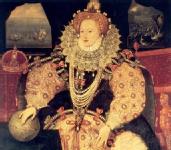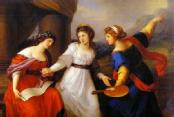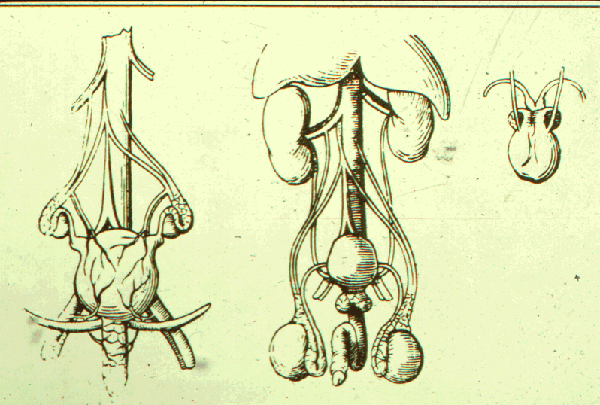Research
The thesis will explore a series of controversial discourses that permeated the revolutionary atmosphere of the eighteenth century, with which women writers engaged. Women associated with binaries such as “radical” and “conservative” “feminine” and “masculine” will be compared, to demonstrate that these labels require interrogation. As an alternative, the thesis will explore the Fuzzy Theory, a scientific concept of which the value or boundaries of application vary according to context or conditions. It will suggest that this theory offers a more appropriate understanding of women writers during this period— as incorporating binaric traits, while eluding categorisation.
Chapter I: ‘“The Unsex’d Females”: Masculine Writers and the Fuzzy Theory’:
This chapter will re-examine Mary Wollstonecraft’s 'Vindication of the Rights of Woman' in order to argue that the writer was attempting to do away with gendered analysis while highlighting the masculine/feminine binary as problematic. It will question Judith Butler’s theory of performativity, suggesting that by re-evaluating sex and gender, the critic has reattached and reinforced binaric terms such as these. Further, it will seek to understand Wollstonecraft’s denial of female passion as an attempt to be “unsexed” as a writer by extricating herself from the masculine/feminine binary.Chapter II: ‘The Sexual Female Body’:
This chapter will investigate the anxiety that surrounded female sexuality caused by the changing notion of the female body. It will observe the ways in which Charlotte Smith and Mary Robinson, who were (and still are) positioned at opposite ends of the radical/conservative binary, attempted to challenge this anxiety in their novels and reconcile female sexuality with the female body.Chapter III: ‘“From myself another self I turned”: The Representation of Queen Elizabeth by Unmarried Women Writers’:
The third chapter will explore the Romantic representation of the Virgin Queen and the ways in which Mary Hays and Lucy Aikin attempted to negotiate the complexities that surrounded the perception of chastity in the public sphere. It will reveal each writer to be both sexually conscious and fearless in challenging pre-Victorian sexual mores.Chapter IV: ‘“By Art and Not by Force”: Man-Midwives, Old Women, Women Writers and the Case of Nature verses Medicine’:
This chapter will examine women's contribution to the discourse of midwifery, contrasting the views of Charlotte Smith, who gave birth twelve times and understood the danger it posed to women, and Anna Letitia Barbauld, who was awed by the miracle of pregnancy and childbirth. It will position these views within a wider debate—that between female midwives, who were committed to natural childbirth, and man-midwives, who were in favour of the use of mechanical instruments.



